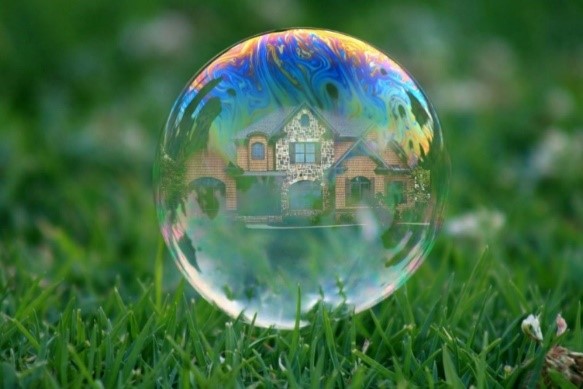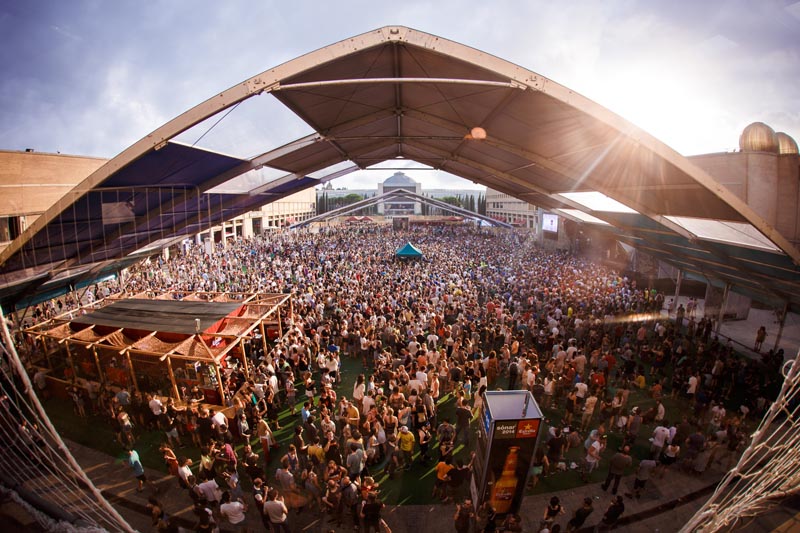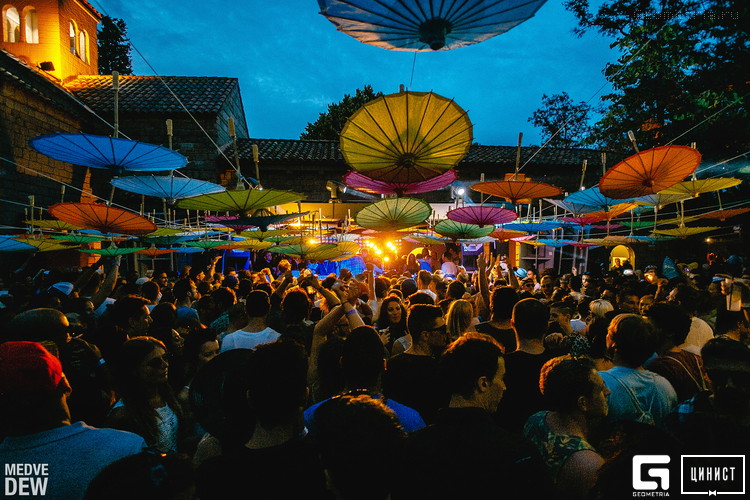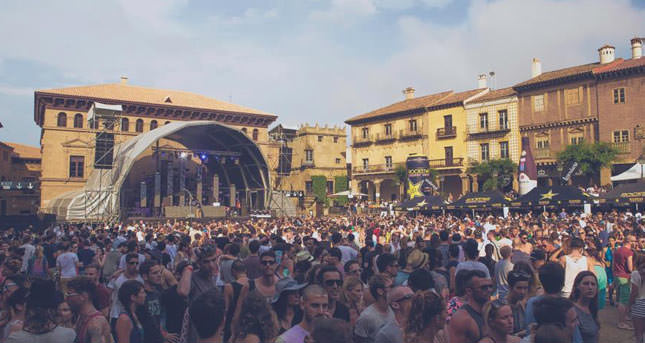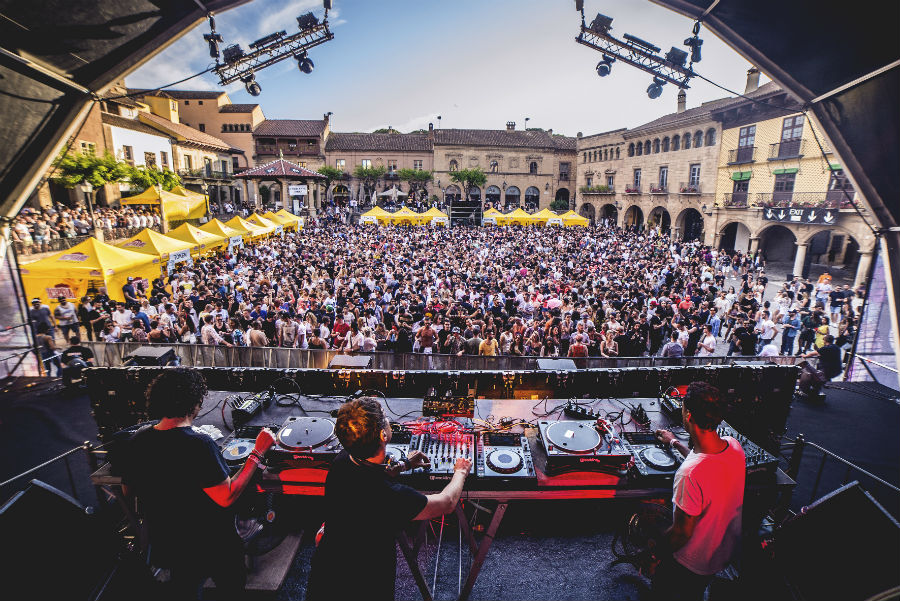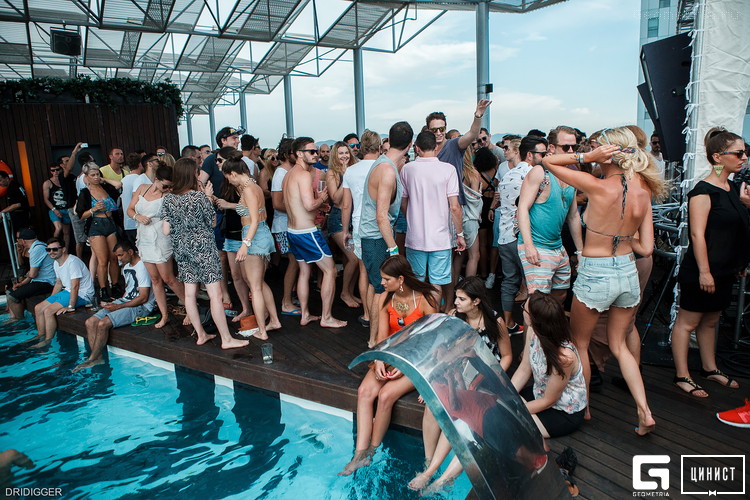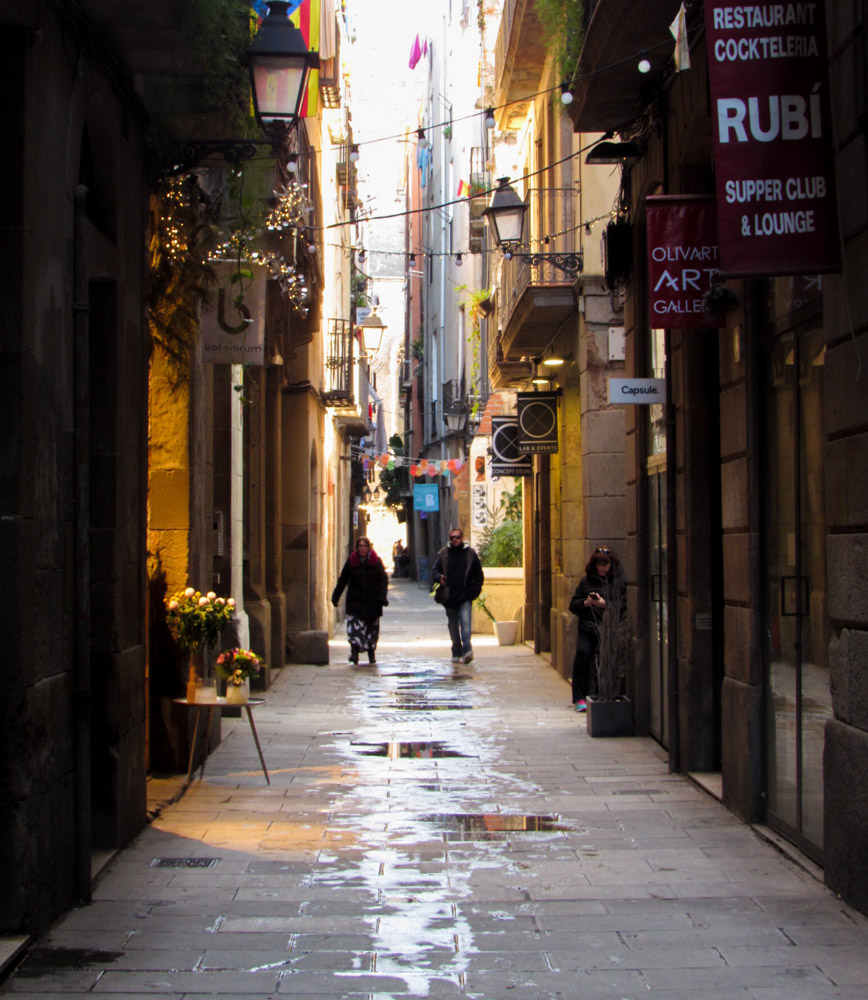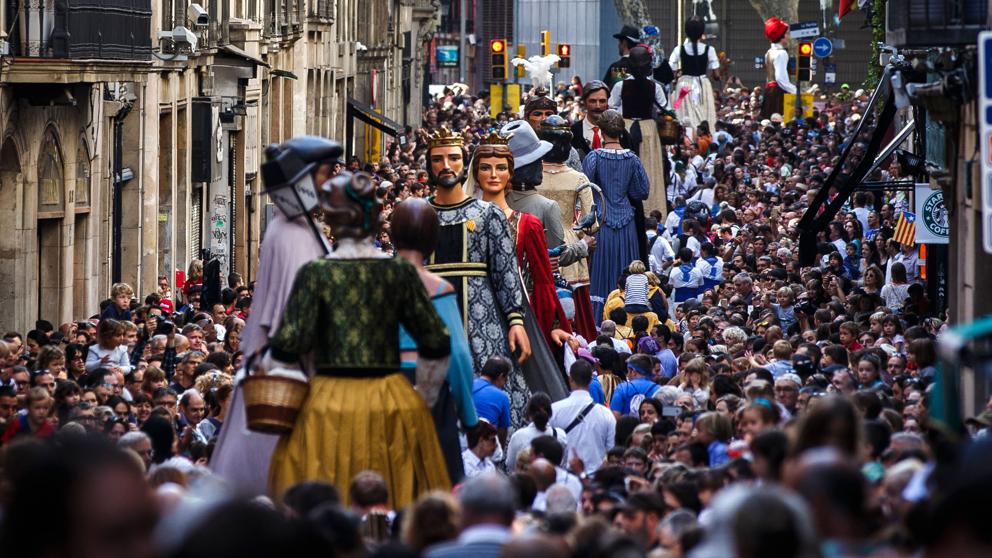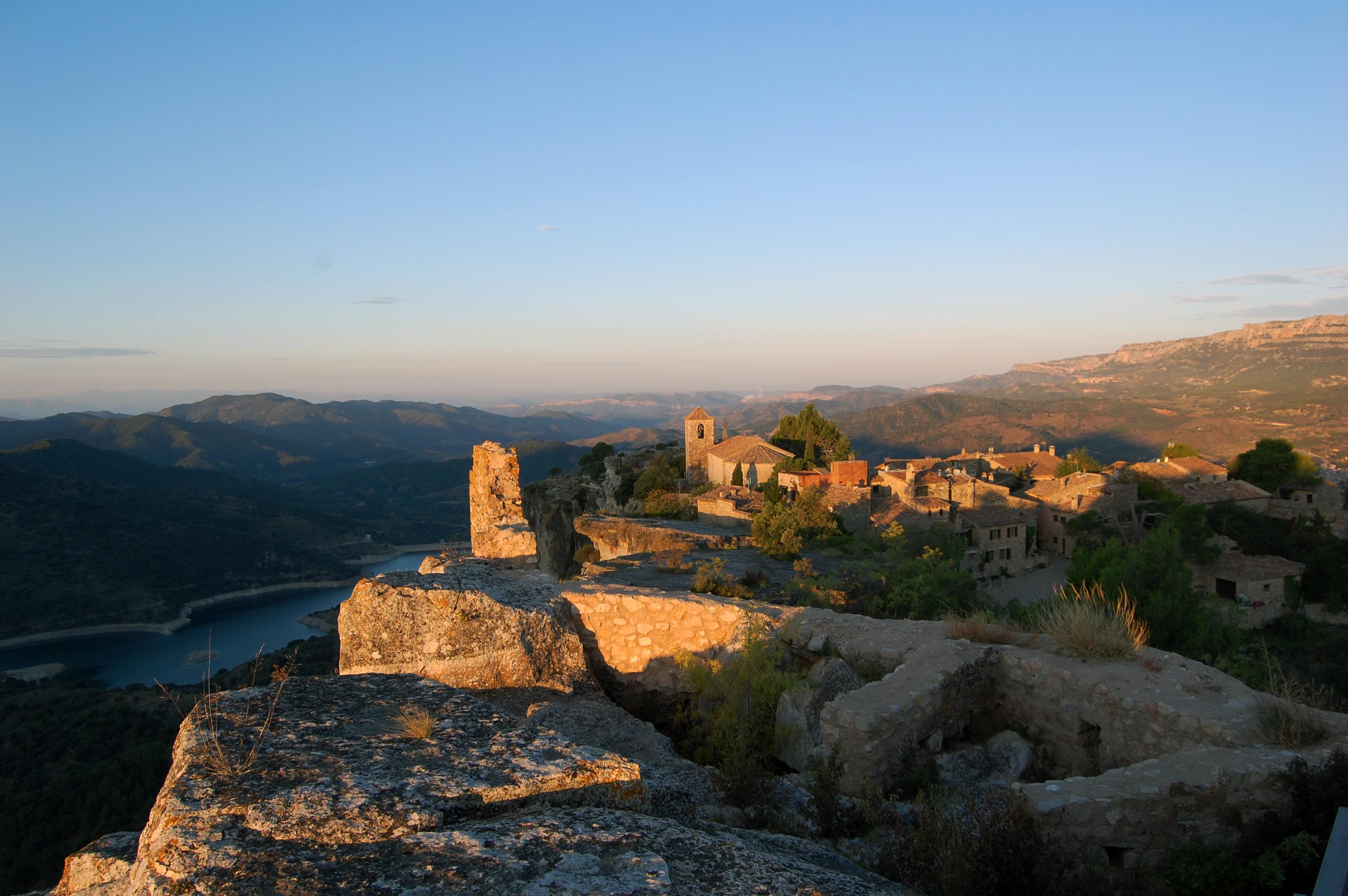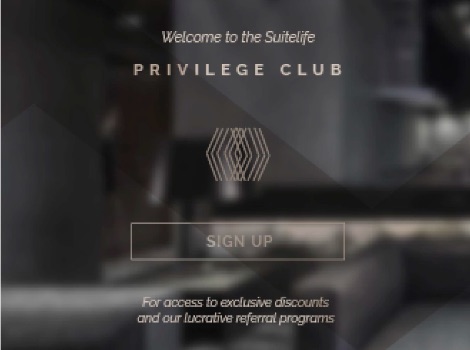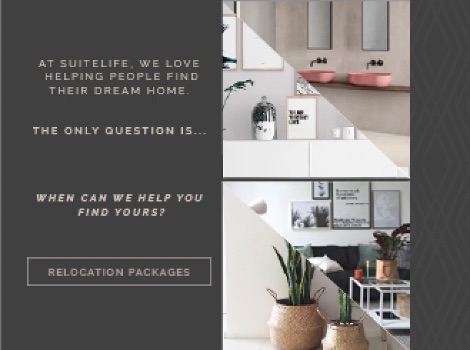FEAR AND LOATHING IN SPANISH REAL ESTATE: ANOTHER BUBBLE IN 2018?
Lately there seems to be growing concern that the nation could be heading towards another Spanish real estate bubble in 2018? In comparison with the bubble of 2007, the property bubble that some suggest we are approaching today has some marked differences (for the better) that are important to consider before we decide whether the sky is actually falling. Before exploring the differences in the bubble we currently face compared to that just before the recession, we should first acquaint ourselves with what exactly happened in the Spanish housing market in 2007 that lead to the burst in 2008.
What happened in the Spanish real estate crash in 2007?
First, a simple explanation about the property crisis that occurred in Spain. From 2000, the growth of Spain was consistent as the economy heavily relied on construction. Indeed, the construction sector kept many Spanish peopl eemployed and made up a large portion of household incomes. However, whilst many houses were built, families and companies didn’t have enough money to buy those houses. In turn, they requested loans from the banks, and the banks lent them the money, many of which were high-risk loans.
The situation then was very fragile and was not sustainable in the long-run. In 2008, the real estate bubble burst, and with it came its many consequences. Those who could not pay their loans back, had to leave their properties. Banks were too in a difficult situation as they couldn’t get their money back and couldn’t pay their creditor either. In the following years, they were many vacant houses on the market, and as the value of houses decreased, the prices of the real estate market followed. Indeed, very few could afford to purchase a house or to payback a loan in order to do so, which led many houses were left empty and caused prices to continue to decline.
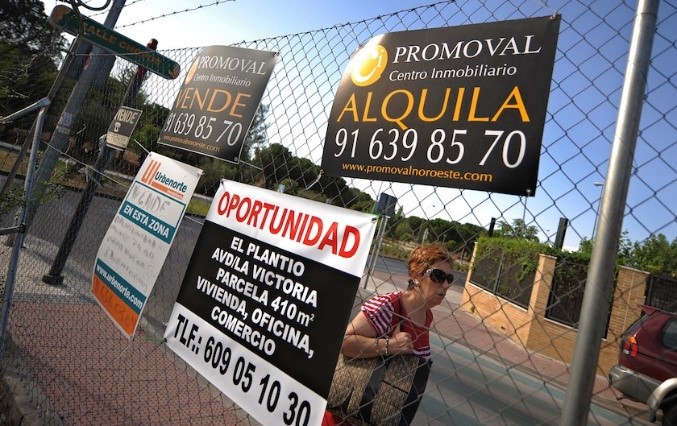
This picture perfectly represents the situation, after the real estate bubble burst, houses for rent and for sale were plentiful.
What are the differences between the first property bubble and now?
It took years for Spain to recover from the crisis… these days we are left to wonder did it recover or is Spain entering another real estate bubble? According to different reliable sources, such as the Financial Tribune, the Financial Times or also Bloomberg, it is more likely that the latter is true. Others, such as thelocal.es, state that these are just signs that show that Spain’s property market is recovering from pre-crisis level. Thus, let’s see the main differences between now and the first property bubble. In all the cases, the main underlying difference resides in improved transparency.
-
Less loans, more prudence and structure
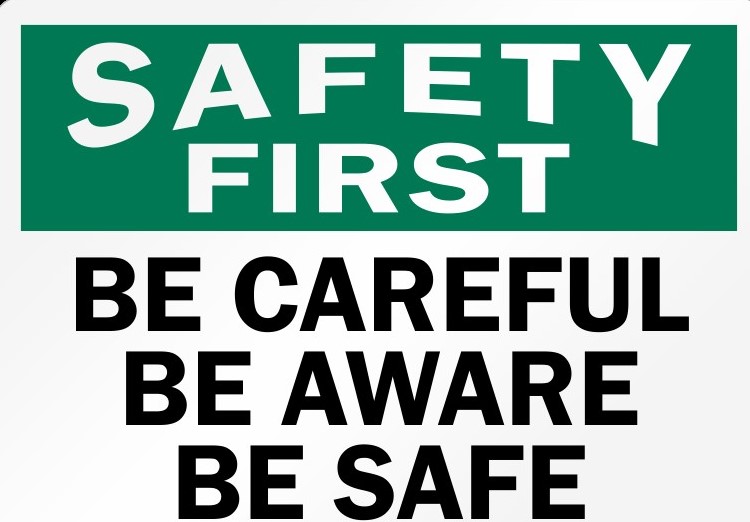
-
Less employment
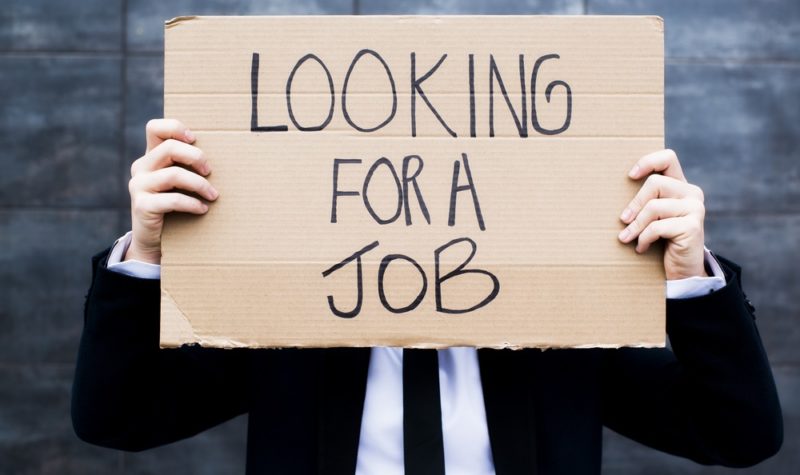
-
Increase in property investment

-
Social behaviour

If we look at Spain’s situation in a more globalized sense, we can see that the price of housing across the country rose by 4.5%, as written by the financial society Moody, and is predicted to continue to rise to 5% over the next two years.

Real estate in Barcelona: many houses, high prices.
In conclusion, we believe most of the indications of a second bubble are in fact simply just signs of recovery for Spain with Barcelona and Madrid’s property prices inevitably going to rise, bubble or no bubble. That being said, the banks and people are far better informed and are far more careful with loans and purchases now than before. At the end of the day, when it comes to buying a property, we advise you to choose your agency or representative wisely and remember, it's always a good time to buy, there are great opportunities in every market, you just need someone with the knowhow to help you find those opportunities and motivated venders.
Hope this post has assisted in putting to rest any curiosities you have regarding a second real estate bubble here in Spain! What are your thoughts? Are we seeing a second property bubble or just post-recession recovery for Spain? - Camille
TOP 5 BARCELONA BARS TO WATCH THE WORLD CUP 2018

Are you watching the World Cup in Barcelona? Wondering which bar is right for you? Look no further. With such an exciting week for football fans just beginning with the start of the World Cup, we’ve compiled a list of our Top 5 Barcelona Bars to Watch the World Cup 2018 depending on the atmosphere you’re looking for. Every 4 years bars across the world are filled with fans supporting their home countries and celebrating the games! Picking the right bar for you whilst you are in Barcelona can be crucial to the experience you would like to share with your fellow revellers. Get ready, take your favourite football team jersey and find the perfect spot for you. Also, if you're a fan of drinking pints then check out this article we have on the best Irish pubs in Barcelona.
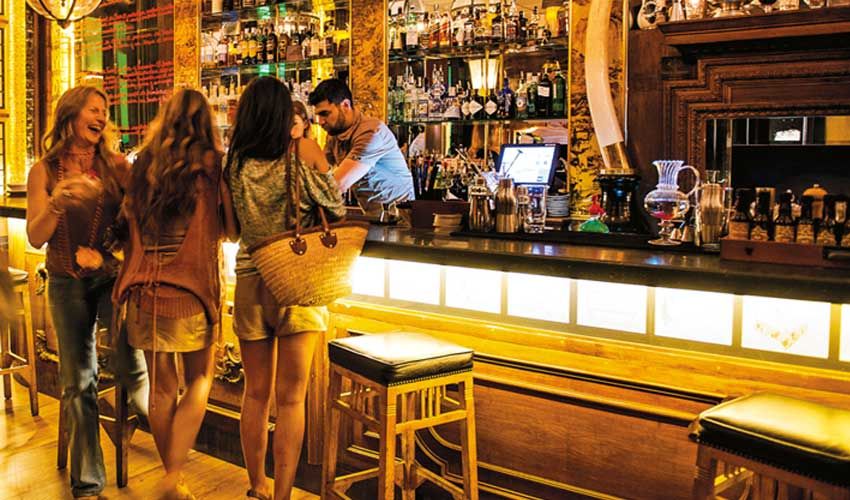
1. The George Payne - Plaça d'Urquinaona, 5, 08010 Barcelona
Arguably, the best Irish bar in Barcelona, just off Las Ramblas is The George Payne Irish Bar. We expect this bar will fill up fast before the games start and in turn, offer a stadium atmosphere to watch the 2018 world cup games with its 2 giant HD screens and six TVs! This Irish bar is also famous for its’ special tray: “The Barcelona Blackout Tray”. For 20 euros, you’ll have: two sex on the beach, two sangrias, two shots of tequila, sambucca and jaeger and one jug of vodka with a Red Bull. This pub is ideal for big groups! Don’t forget that this pub is open every day from 1pm to between 1 and 3am for the weekend. Be sure to check out George Payne for an exciting atmosphere and a guaranteed good time! https://www.thegeorgepayne.com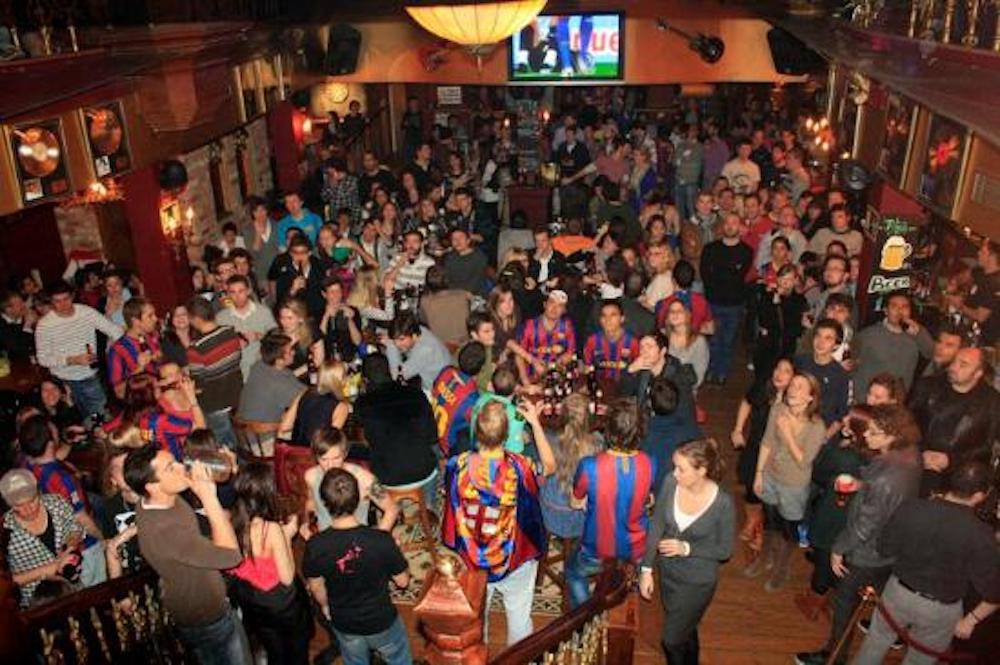
2. The Snooker - Carrer de Roger de Llúria, 42, 08009 Barcelona
If you love football, but your family and friends don’t quite share the same spirit for the game. Let us introduce you to The Snooker, this bar is a relaxed, friendly atmosphere. Three rooms all with large screens and five billiard tables for those who aren’t as interested in the football. Come down to the Snooker to make some new friends and have a chat. Open from 5pm to 3am every day – do book a table in advance for important match days if you want to guarantee yourself a seat. http://snookerbarcelona.com
3. Belushi’s - Carrer de bergara, 3, 08002 Barcelona
Located close to Plaça Catalunya, this trendy sports bar attracts a young and international crowd. If you’re in search of a lively and passionate atmosphere to watch the World Cup in Barcelona, then this is the bar for you! If that isn’t an immediate seller then you should know that this year they have new big projectors and flat screen TVs. Every day you’ll find Barcelona’s longest Happy Hour and English commentaries for all the world cup games. Check out their website for more info below. http://www.belushis.com
4. Flaherty’s Irish Pub - Plaza Joaquim Xirau, s/n, 08002 Barcelona
Close to Las Ramblas, this Irish pub has two main projectors and 8 high definitions TV screens and will be showing every game of the World Cup this summer. They are also known for their authentic Irish homemade food and affordable drinks. The Flaherty’s Irish Pub has also a great terrace if you want to catch some sun between games which we have written about in detail in a previous post. You can go to the Flaherty’s Irish Pub every day from 9am to 2am and until 3am during the weekend. https://www.pflaherty.com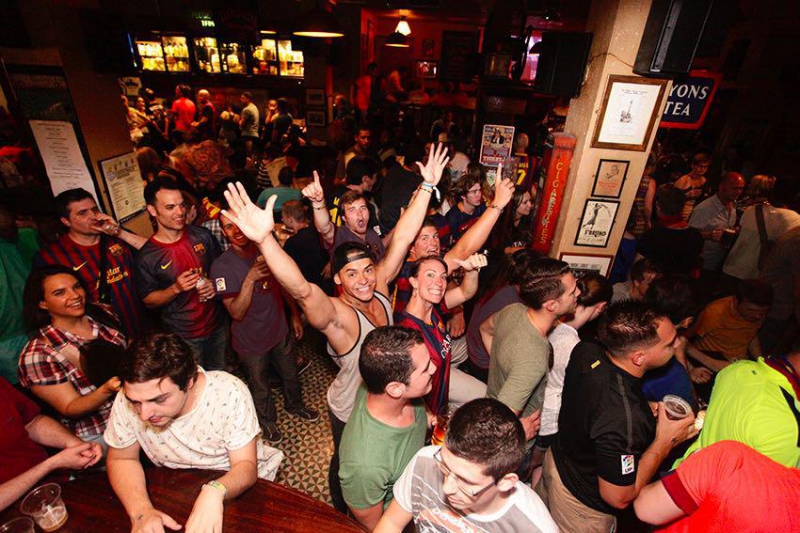
5. The Wild Rover Barcelona - Carrer de Santa Mònica, 2, 08001 Barcelona
This Irish pub will show all World Cup games on 2 giant HD screens and 6 large TVs all games will be with English commentary except for the Spanish games. Great service and a range of drinks is cited as the top reasons for making this a regular jaunt for many foreigners living here in Barcelona. This bar will fill up fast so we recommend to arrive early to avoid having to stand to watch the matches. The pub is open every day between 11am and 3am depending on which day you want to go. Check out their website or Facebook page to learn more about The Wild Rover! https://www.wildroverbarcelona.com
Looking forward to seeing you all out in Barcelona supporting your teams! What games is everyone looking forward to?
HOUSE HUNTING IN BARCELONA: 6 IMPORTANT BUT OFTEN OVERLOOKED DECIDING FACTORS
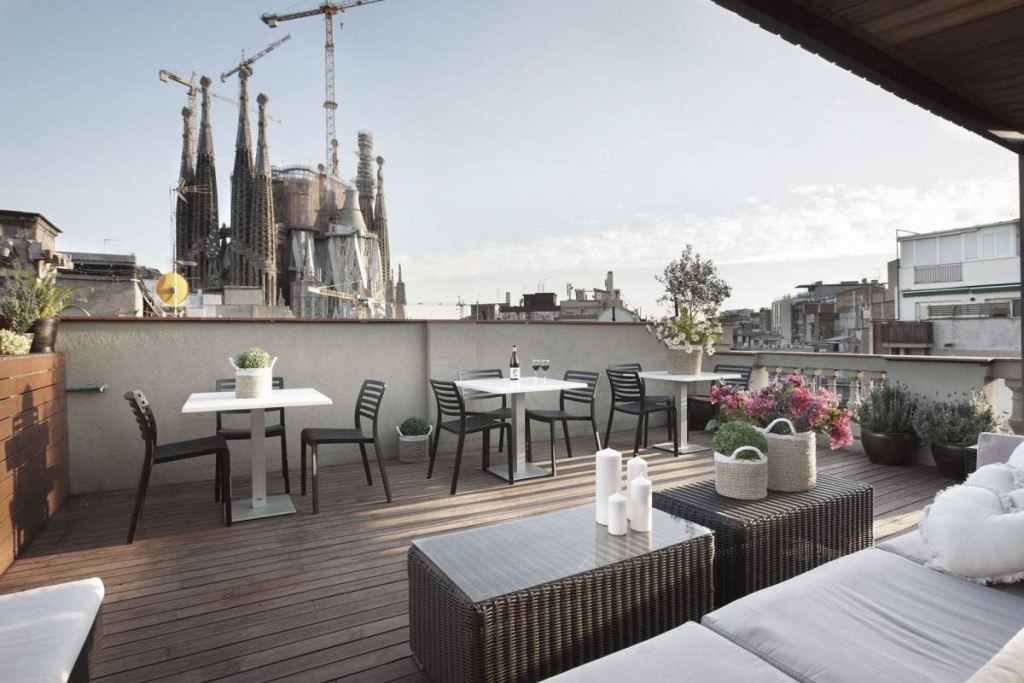
When searching for an apartment in Barcelona, we often overlook the small but important aspects of a new home, distracted by that master bedroom suite or the gorgeous, sun-drenched terrace - it’s easy to forget the little things. It is only until later down the line, post move-in day and after unpacking that last box that those ‘little things’ that were neglected during the decision-making process become, well, much bigger little things. If you’ve managed to get here before beginning Spanish your house hunt, you are in luck. SuiteLife has compiled a list of 6 Important but Often Overlooked Deciding Factors that will save you time, money and trouble when house hunting in Barcelona!
1. Cell Reception
Bad cell reception can become an issue for new tenants, particularly for those that occasionally work remotely or entirely from home. Cell service is important for WiFi routers too as carriers are increasingly adopting WiFi calling in order to expand their network coverage and customer interface.
2. Water Pressure (and while you’re at it temperature too)
To avoid having to choose between ‘Behold the Power of the Sun’ and ‘Dribbles from Below Zero’, turn on the shower during your viewing to check up on water pressure and to check the time it takes to go between hot and cold.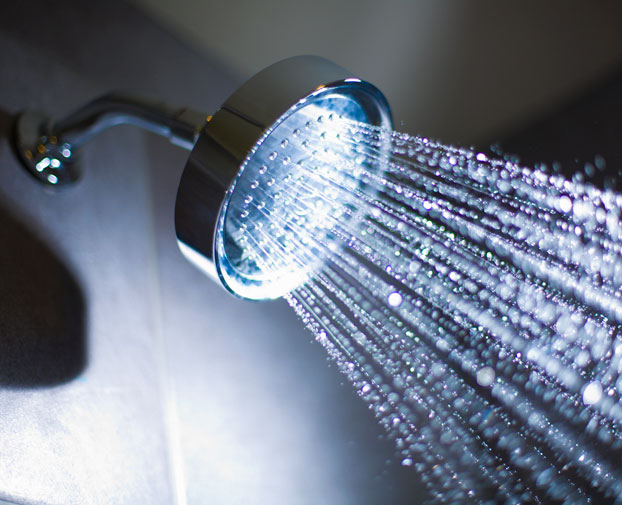
3. Socket Failures
Nothing quite like a room with no functioning sockets. Trust us and get testing on those outlets during your visit to avoid having to call out electricians in your first week to repair outlet failures.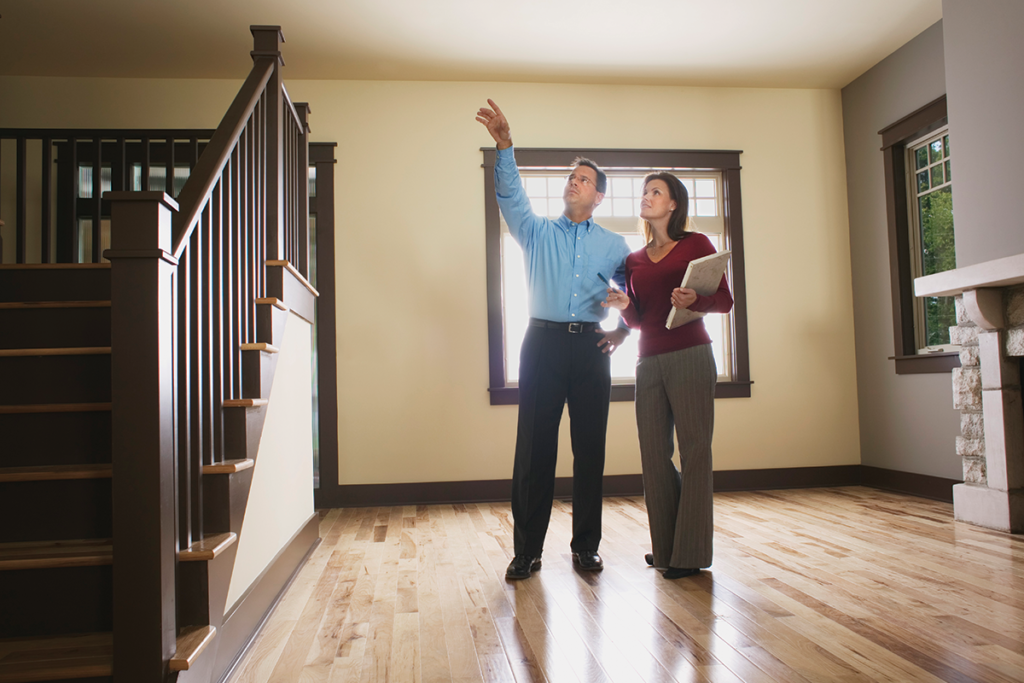
4. Commuting Time
If you’re new to the area, it’s probably a good idea to have a go at commuting during rush-hour to get a real perspective on what to expect once you’re all moved in. It can avoid hour-long commutes and any nasty surprises upon your return to the office. We also advise you to check the property in both daytime and at night to get a general feel of the property and neighbours depending on the time of day.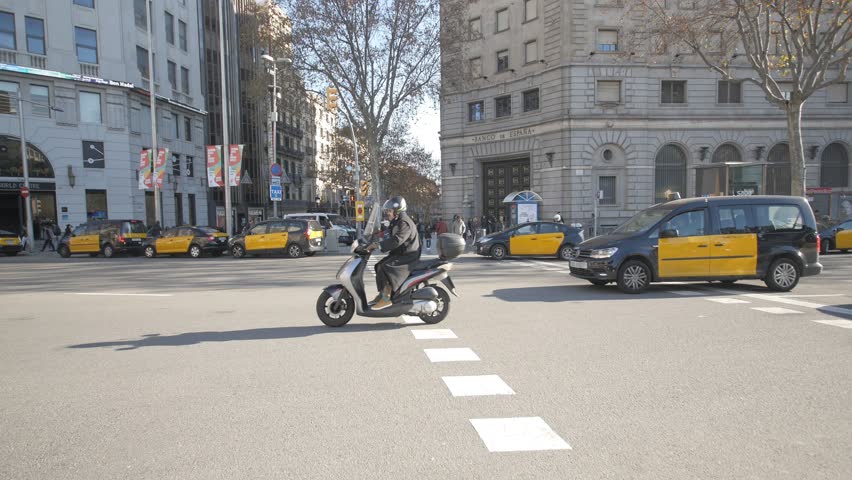
5. Asking THE RIGHT Questions
Viewings are the perfect time to ask questions, however you should know to know how to word them in order to get the most accurate, genuine information from your agent. Remember that your agent is there to sell properties to his/her client at the end of the day, so asking questions like ‘Is there a lot of interest?’ and ‘How are the neighbors?’ is a potential trick question and any salesman is going to be careful about how they answer.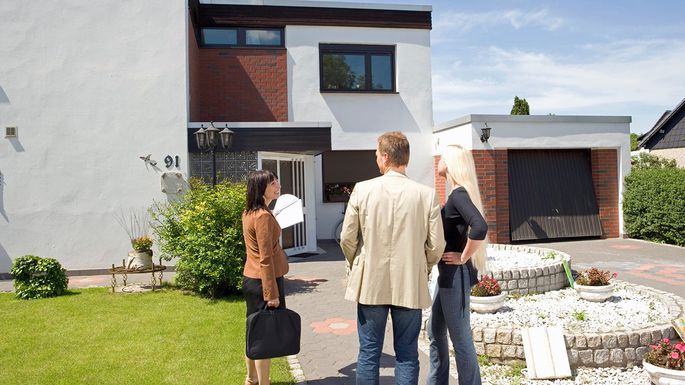
6. Pets If you’re looking to acquire a furry friend down the line, there is really no point asking about pets. In Barcelona most rental contracts won’t have pet clauses and in turn, pets will be permitted. Rather than narrowing down your options by declaring your pet, it is better to ask for a copy of the contract, a very standard procedure, and then just double-check if there is a pet clause. In the rare case that there is a pet clause, then of course you would have to ask the landlord if that would be allowed.

Hopefully we've managed to save you some time, stress or money with our list - happy house hunting! Let us know below if you think we've missed anything!
ULTIMATE GUIDE TO OFF-SóNAR BARCELONA 2018
Ultimate Guide to Off-Sónar Barcelona 2018
If you’re in Barcelona later this month, more specifically between June 14th and June 16th, you are in town for one of the most exciting weeks in Barcelona: Off-Week and Sonar Festival 2018.
Sonar is the International Festival of Advanced Music and Congress of Technology and Creativity, celebrated annually in Barcelona over a period of three days in June. Every year the biggest DJ’s in electronic music take to various stages spread throughout the city, both indoor and outdoor, offering deeply engaging experiences paired with the best musical and audiovisual productions.
Priding itself of bridging the gap between digital culture and the electronic music scene, the festival takes a unique format experimenting with creativity and technology to create elaborate events for over 120,000 people. Whilst Sónar itself is most definitely a must-see (buy a one day/night pass to either Sonar by Day/Night), it could be argued that Sónar’s ‘Off-Parties’ are like the cooler, younger sibling of the original festival.
Image below: All Day I Dream party at Off-Week Barcelona
[caption id="attachment_7394" align="alignnone" width="1080"]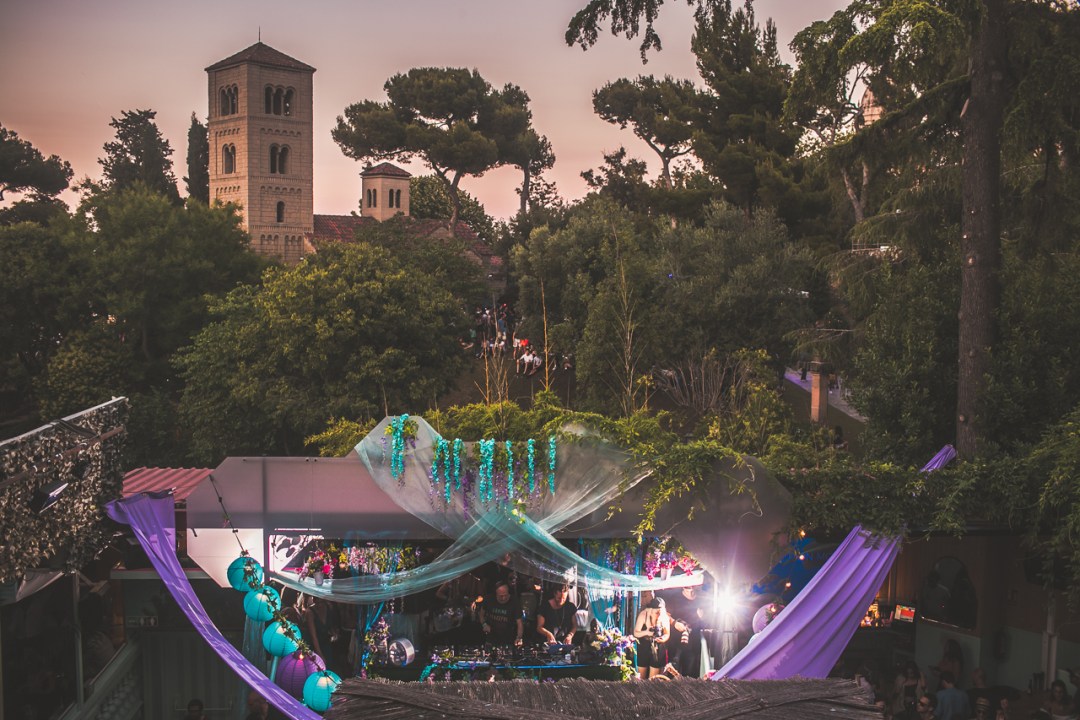
© Photography by Khris Cowley for Here & Now (www.fb.com/wearehereandnow)[/caption]
Expect to see as many technology geeks, businessmen, backpackers and groups of holiday-makers as you will electronic music lovers. With many DJ-sets incorporating more rebellious, experimental elements in their shows during Sónar than any other festival as they seek to bring their open-minded audience a full sensory musical experience.
Sónar is celebrated as a place in which these DJ’s are able to take risks and present new projects to the event’s receptive crowd. The festivals sees an approximate 50/50 participation between Spanish nationals and foreigners that attend Sónar and Off-Sónar events - there’s definitely a huge mix of nationalities, personalities and party-goers.The picture below is the crowd at Sonar By Day in one of the many spaces at Fira Montjuïc venue.
So What is Off-Week?
Following its 1994 inception, Sónar’s 3-day festival also gave way to ‘Off-Week’ - or Anti-Sónar as it was formerly known - which was first founded by Barcelona’s Spanish residents as a protest to the rising price of tickets for actual Sónar.
Barcelona’s ‘Off-Week’ or ‘Off-Sónar’ parties attract just as many people to the city as the festival itself. In comparison with Sónar, which takes place in two main locations, Sónar by Day, at Fira Montjuïc, and Sónar By Night at Fira Gran Via de L’Hospitalet, ‘Off-parties’ take place in a variety of different locations including hotel rooftops, terraces, bars, nightclubs, and most famously in the open-air architectural museum, The Poble Espanyol.
In recent years, the Off-Parties have rocketed in popularity which could be down to the tendency for these parties to be much more intimate shows in the Catalan sunshine rather than in one of Sónar’s large venues. This shift towards Off-Week events after attending the Sónar festival is obvious.
Unlike the festival stages, off-sonar events tend to be in smaller venues that provide a new experience with every different event you attend throughout the 3 day period. One event might be a 200 persons capacity overlooking the city skyline dancing on a hotel rooftop, and later that day another in a monastery on the city’s Montjuïc Mountain with 5000 people.
Whilst the original festival definitely still has its merits including technology talks and different musical options that Off-Parties do not offer their attendees, it’s difficult to escape the feeling that the Off-Sonar events give their guests in captivating, smaller venues across the city.
Below is a photo taken from one of Off-Week’s events at el Monasterio on Montjuïc.
How can I find out about events/buy tickets?
In order to find out more about the Off-Week events for this year, check out Resident Advisor for information and tickets. The company also has a resale system which means that should you not be able to attend any event you’ve purchased tickets for, you can still sell your ticket and be reimbursed for the money spent.
SuiteLife’s top choice in this years’ Off events is the Elrow Offsónar Special in the Plaza Mayor of Poble Espanyol. Barcelona is the home of Elrow, and is the longest-running dance music party here! Whenever you go to their parties, you know you’re going to have fun and leave with a smile on your face. Be sure to check Elrow’s event out on Friday June 15th from 16.00 to 00.00 - it’s sure to be one of Off-Week 2018’s best parties.
Below image: Poble Espanyol
On a more serious note, be sure to avoid sites when buying resale tickets like Viagogo that a synonymous with scamming. Stick with Resident Advisors resale site and whilst scams on TicketSwap cannot be ruled out, the chances are definitely much lower.
Below is a picture from Mobilee Event @ The Gates Diagonal Barcelona
I hope we've managed to inform you on the who, what, where, when and why of Off-Sónar and that you have an incredible time at Sónar Barcelona 2018.
Let us know if you have any Off-Week tips you think we have missed!
- Rhiannon
EASTER WEEKEND IN BARCELONA 2018
Easter Weekend in Barcelona 2018 - The Ultimate Guide!
Despite not being quite as religion-centred as it used to be, Spain is still one of the most Catholic countries in Europe and the Easter weekend is full of brilliant celebrations and parades to enjoy. Good Friday and Easter Monday are public holidays but lots of Spaniards take the whole 'Semana Santa' (Holy Week) off work and decide to get out of the city to visit family or see parades in other towns. This leads to a kind of mass exodus called 'operación salida' (operation exit), with up to half a million cars hitting the roads and getting out of the city during the week!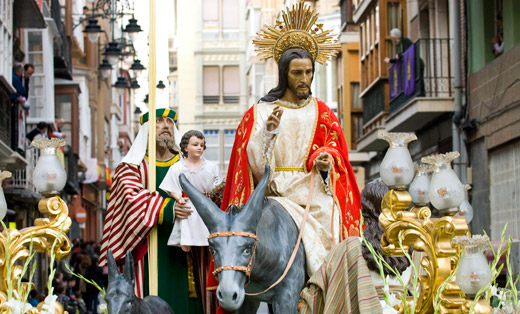
What To See
Most of the parades take place on Good Friday and are run by various religious groups. They tend to centre around Barcelona Cathedral which is in the heart of the Gothic Quarter. Good Friday 2018 - Iglesia de San Agustín Processions by Hermandad del Gran Poder y la Esperanza Macarena Paso Cristo: Nuestro Padre Jesús del Gran Poder Paso de Palio: María Santísima de la Esperanza Macarena Start: 17.00 Iglesia de San Agustín, Plaça Sant Agustí, 2, Raval area. At 20:00 both processions join the procession of Nuestra Señora de las Angustias in front of Barcelona cathedral Finish: around 22.30 same place Procession route: Plaça Sant Agustí, La Rambla, Santa Ana, Portal del Ángel, Arcs, Plaza Nova, Avenida Catedral, Boters, Pi, Plaza del Pi, Cardenal Casañas, Boqueria, Hospital and Plaça Sant Agustí Good Friday 2018 - Iglesia de Sant Jaume Procession by Hermanidad y Cofradía de Nuestra Señora de las Angustias Paso: Nuestra Señora de las Angustias - Our Lady of Sorrows Start: 19:00 Iglesia de Sant Jaume in Gothic area on Carrer de Ferran 28. At 20:00 they meet in front of Barcelona cathedral with the procession of la Hermandad de la Macarena Finish: 23:00 at Iglesia de Sant Jaume Procession route: Iglesia de Sant Jaume, Ferrán, Plaza San Jaime, Bisbe, Avenida de la Catedral, Boters, Portaferrissa, Ramblas and Ferrán, Iglesia de Sant Jaume Good Friday 2018 - Santa Maria del Mar Procession at Santa Maria del Mar basilica Start: 09:30 Via Crucis procession - Procession of Stations of the Cross. Procession route: Santa Maria del Mar, Fossar de les moreres, Pg del Born, Carrer del Rec, Carrer Bonaire, Carrer Rere palau, Marques argentera, Pla de Palau, carrer Espaseria and finish as Santa Maria del Mar Good Friday 2018 - Barcelona Cathedral Service and procession at Barcelona Cathedral Start: 15:00 Sermó de les Set Paraules. The Bearers of the Holy Christ of Lepanto bring the Holy Christ to the front of the Cathedral to be adored by the faithful at 15:00 on Good Friday. A Canon reads the Sermon of the Seven Words, discussing the last seven words said by Jesus before his death Start: 18:30 Via Crucis procession on Avinguda de la Catedral Procession of Stations of the Cross on the Avinguda de la Catedral Procession route: On Avinguda de la Catedral Hope that helps! Let us know what you get up to - ErinBARCELONA DAY TRIP: EMPURIABRAVA
Escape the City to Empuriabrava: A Day Trip from Barcelona
This week I took a trip with a couple of friends up the beautiful Costa Brava to Empuriabrava and Cadaqués. Cadaqués, a cute little fishing village nestled among the hills and with stunning views across the Mediterranean, is one day trip we've already written about but to my surprise none of our interns had ever been to Empuriabrava!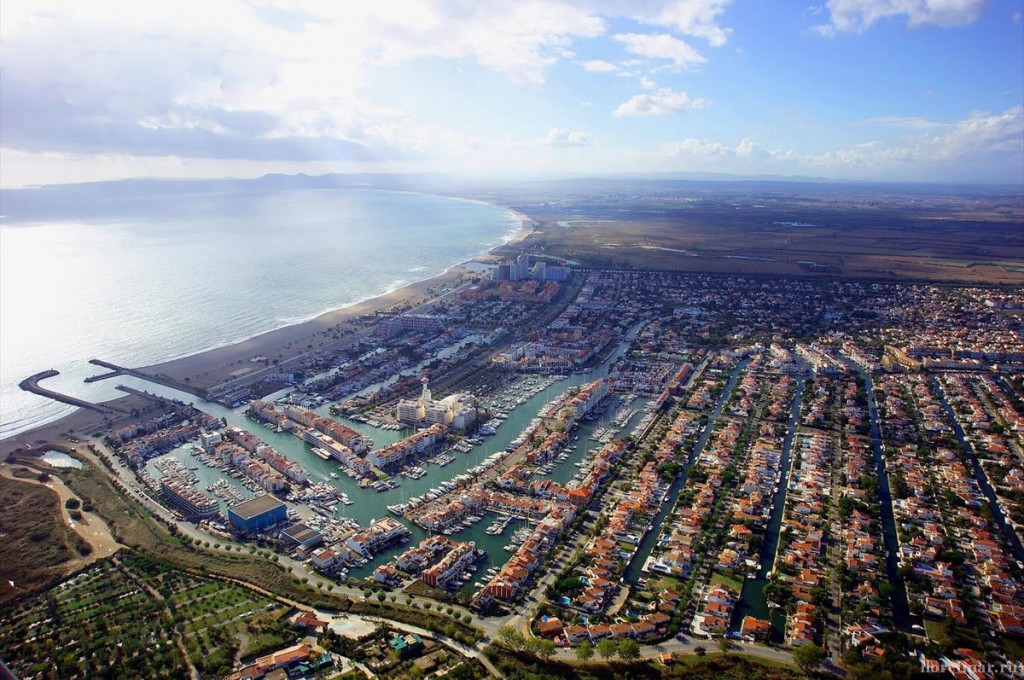
The Venice of Catalonia
Empuriabrava is know as the Venice of Catalonia and is a great place to escape from the Barcelona rush. It is a series of man-made canals with little houses either side about an hour and a half up the coast (and its just half an hour further on to get to Cadaques). Each house has its own little (or large) boat which they move around the canals with and head out to sea on. Some of them even have jet skis! First off we decided to rent a boat (which you can do without a license by the way) and saunter up and down the main canals in the sunshine. Just imagine it, the wind in your hair, the sun on your face, and the prospect of lunch, the most important part of the day, at the end of it. We definitely recommend that you rent with Ecoboats as their electric boats are much quieter than the ones from other rental companies and are really easy to use. Its about 5/6 people to a boat so perfect for fitting a family on.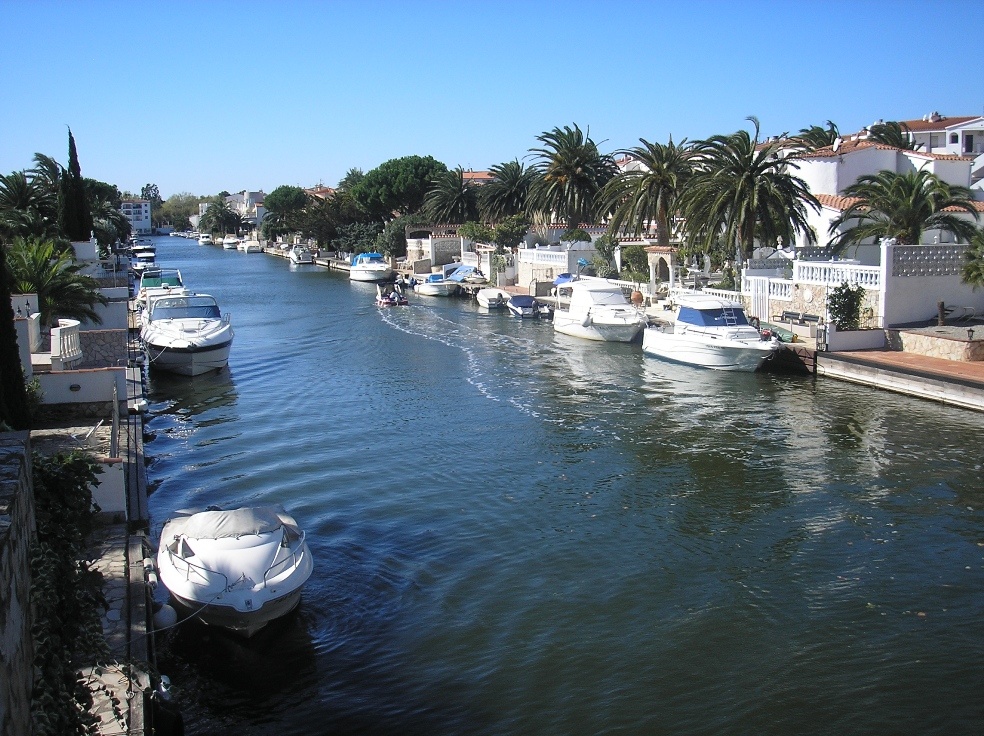
Beachin'
Once you're done exploring the canals, there is a huuuggeeeeee beach to enjoy just a few minutes walk from the Ecoboats dock. Given that its May it was pretty quiet - most of the houses seem to be second homes and holiday homes - so the beach was almost completely empty leaving us plenty of space to lie in the sun. I have to say it was nice to be able to chill on the sand without having people constantly coming up to to you asking if you want beer or a massage like they do on Barceloneta! But before we got our towels out, we decided to grab some lunch at one of the beachside restaurants. There's quite a few to choose from with some great food on offer for very reasonable prices, but if you're really looking to save money or just want something lighter, there are a couple of supermarkets a little further in-land where you could easily buy a selection of snack foods and sandwiches to make up a lovely little picnic to take to the beach.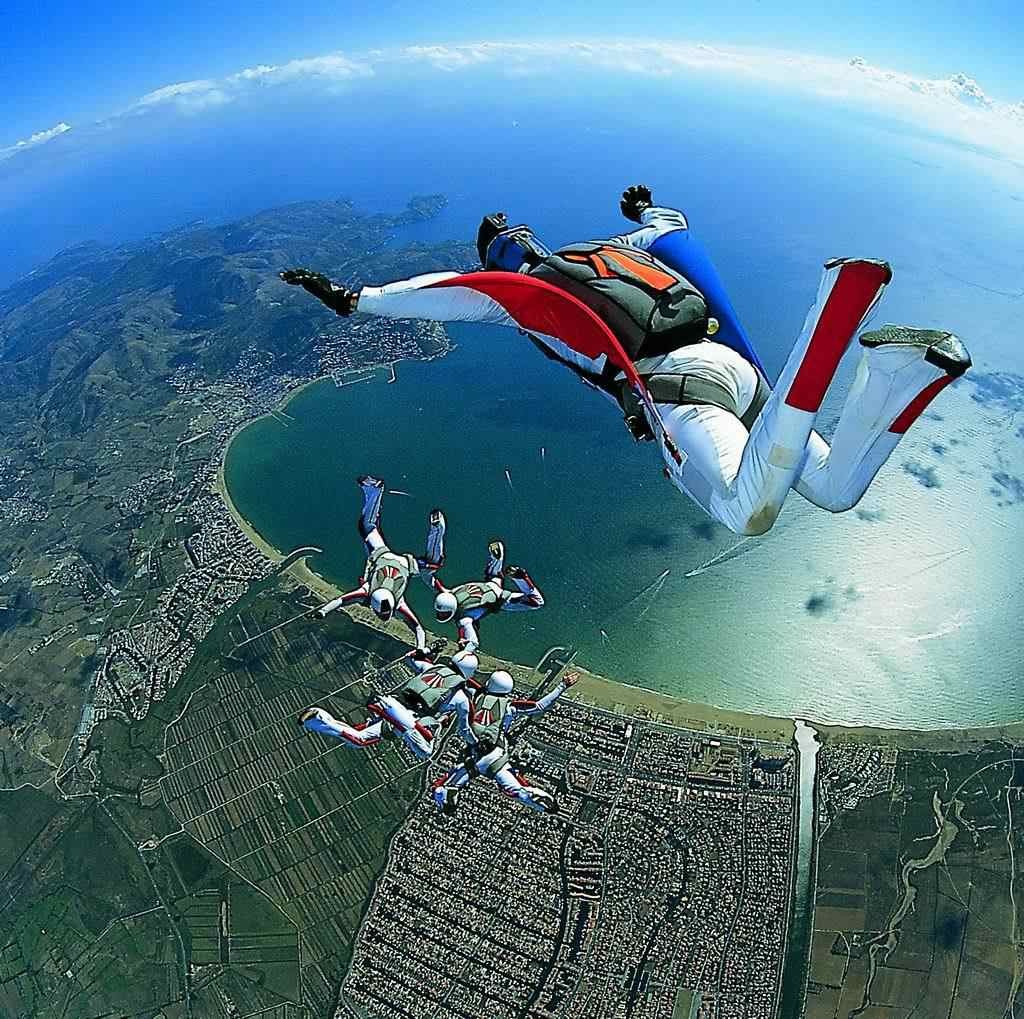
Empuriabravery
If you're feeling really brave, Empuriabrava has one activity that's got to be on your schedule...skydiving! The region is famous and is one of the most visited skydiving spots in Europe, in fact even Suitelife founder Benny has done it! Check out Skydive Empuriabrava to book your spot...but maybe wait to have your beachside lunch until afterwards! ------------------------- Thanks for reading! Make sure you check out Empuriabrava the next chance you get and let us know what you think! - ErinWHAT’S IT LIKE TO LIVE IN BARCELONA?
What's it like living in Barcelona - An Insider Guide
We might be biased, but we think Barcelona is by far one of the greatest cities in the world! It has it all: beautiful architecture, historic sites, great weather, amazing food and the Mediterranean sea right on your doorstep. Because of all these things (and more) it is one of the most popular tourist destinations in Europe. But what's it like to actually live in Barcelona, away from the tourists and once the summer sun isn't around for quite so long? We've got all the answers, so stick around to find out exactly what its like to live in Barcelona!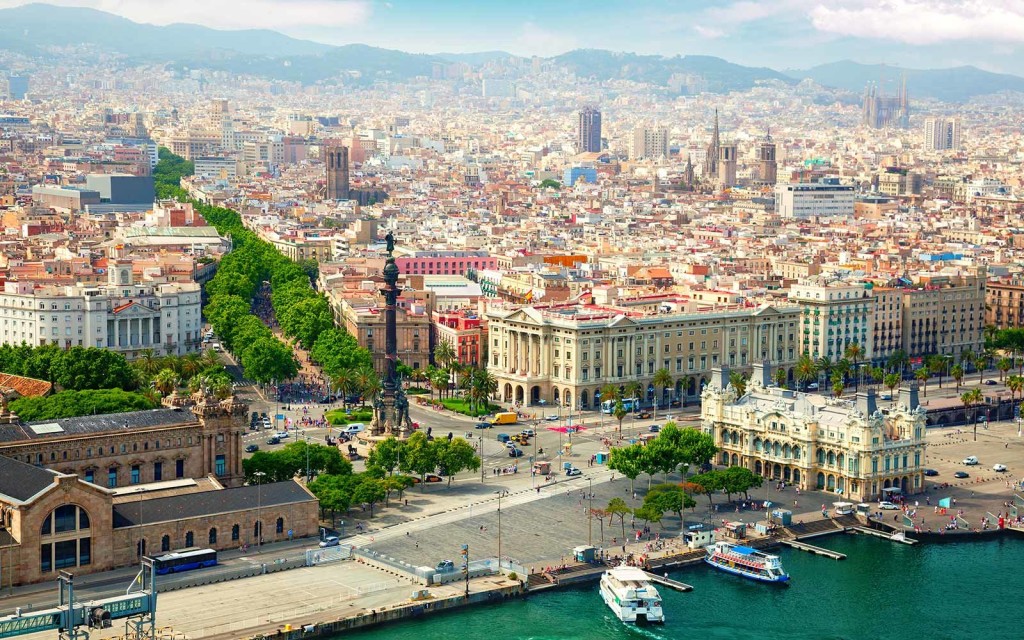
The Weather
First of all, the weather. I'm a Brit so obviously for me this is the number one most important thing. The good news is, it really is always sunny in Barcelona! That's it. There is no bad news. The most you get is the occasional rainy couple of days in January and February and maybe an overnight thunderstorm or two in August. Apart from that its sunny almost every day from March to November! Its pretty warm right up to November - we're talking mid to high 30s - and it gets a little chilly during winter but rarely is it SUPER cold, more like a nippy 7/8 degrees. Living in Barcelona means living in the sun all year round!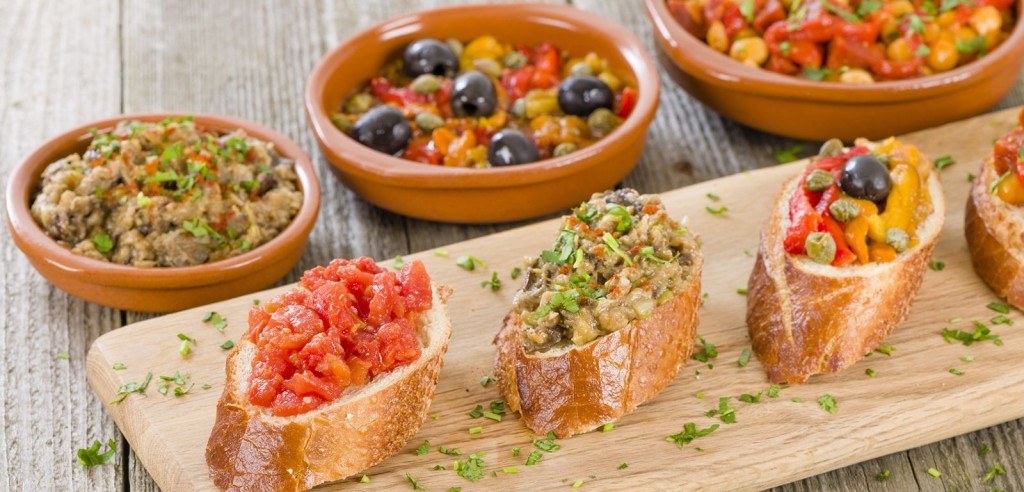
The Food
I'm going to expand this one to eating/drinking out in general because there's just so many places to go! Barcelona is one of the gastronomic capitals of the world with 24 Michelin Starred restaurants within its borders. But you don't have to pay astronomical prices for a great meal. The food here is always fresh and delicious though it can sometimes be very oily and salty (not necessarily a bad thing) just because of the mediterranean style of cooking. The drinks are also pretty cheap and every other shop seems to be a bar so you'll never run out of new places to try! It also tends to be very reasonably priced, especially in comparison to some of the Northern European countries and the UK. Here's a couple of things you've just GOT to try: any kind of cold meat dish (especially jamón serrano), tortilla española, pimientos de padrón, choricitos (de sidra if you can find them), calçots, patatas bravas (because we all deserve patatas bravas at some point in life) and the Catalan staple Pa amb tomaquet. Living in Barcelona is like living in food heaven!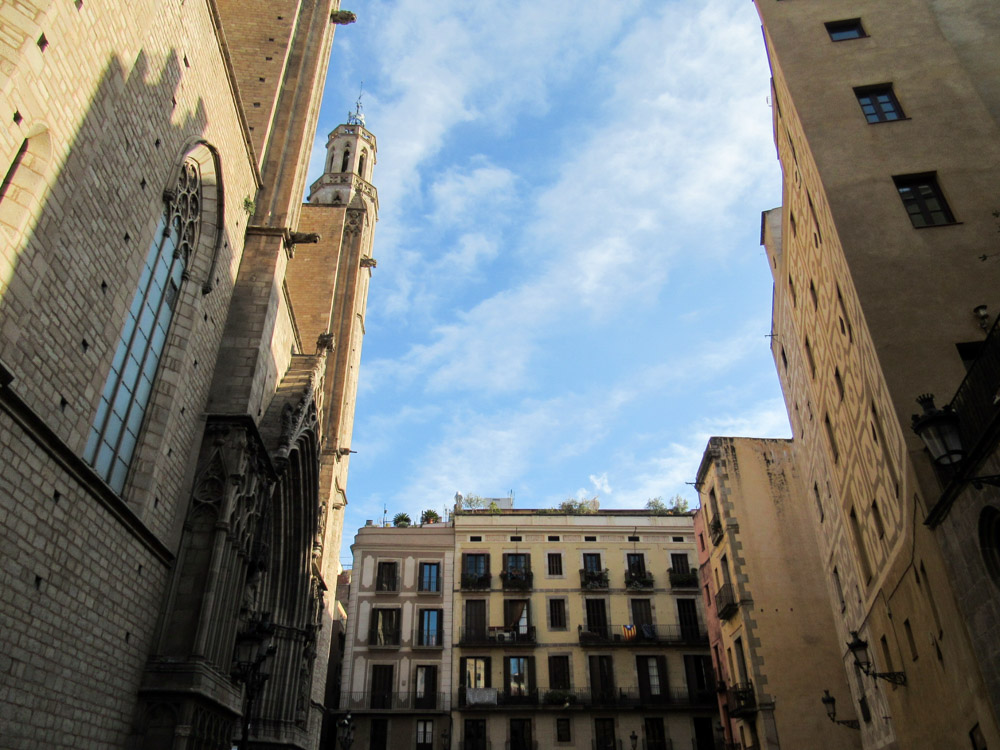
The Properties
There are some incredible places to live in Barcelona. Every corner of Barcelona has some sort of architectural wonder to marvel at. Luckily for you, the buildings are just as beautiful inside as they are out! Most people in Barcelona live in apartments which vary A LOT depending on which neighbourhood you live in. The absolute dream is having a top floor apartment with an amazing terrace to enjoy the Barcelona sun! Check out some of our properties to see if there's one that takes your fancy!The Neighbourhoods
Barcelona's neighbourhoods are all so different that you'll never run out of new places to visit. It's one of the best cities to walk around because sometime you cross a street and its like you've entered a whole different world. There's something for everyone here, from Eixample (a little fancy, lots of light, big apartments) to Borne (older buildings, tons of charm, winding streets) so you're sure to find a place which suits you. Be warned though...you might love every neighbourhood so much you can't decide where to live in Barcelona!The Lifestyle
Spain is famous for its laidback lifestyle and Barcelona is no different. Living in Barcelona is the chillest of the chill. Everything starts late, closes later and there's always plenty of time to take a long and relaxing lunch. Working hours can be pretty long - normally 9 or ten hours a day - but also things tend to be slower paced so it isn't like half your day is spent completely stressed out! Also, the people here tend to put a lot of value on family and on their time outside of work. Drinks are always on the cards after work and people always seem to have something to look forward to at the end of the day! There are also loads of festivals throughout the year as well as public holidays so there's plenty to take your mind off work and (if you plan it well enough) a lot of long weekends to be had. So if you're a late riser who doesn't mind working long hours if it means you get a couple of hours lazing around on the terrace with a glass of wine in the evening...well...this is the city for you! ----------------- Hope that's helped you get an idea of what its like to live in Barcelona! Let us know if you've got anymore questions or if we can help you move here (we know you want to!) - ErinCATALAN VS. CASTILIAN: WHAT’S THE DIFFERENCE?
Do you know your Catalan from your Castilian?
If you've ever been to Barcelona, or anywhere in Cataluña for that matter, you'll have noticed that not everything is written in the kind of Spanish you might expect. In fact, most of the time it isn't written in Spanish at all! Even though in places like the metro most signs are written in both Catalan and Castilian (the original name for Spanish), often only Catalan is used. This is because Barcelona is in Cataluña, one of the 17 autonomous communities in Spain (defined regions with their own devolved regional powers and a high level of self-government) and a community which uses Catalan as its primary official language. Even though Castilian is an official language of Cataluña and is widely used in Barcelona, the most widely spoken, and the language used in most official documentation, is Catalan.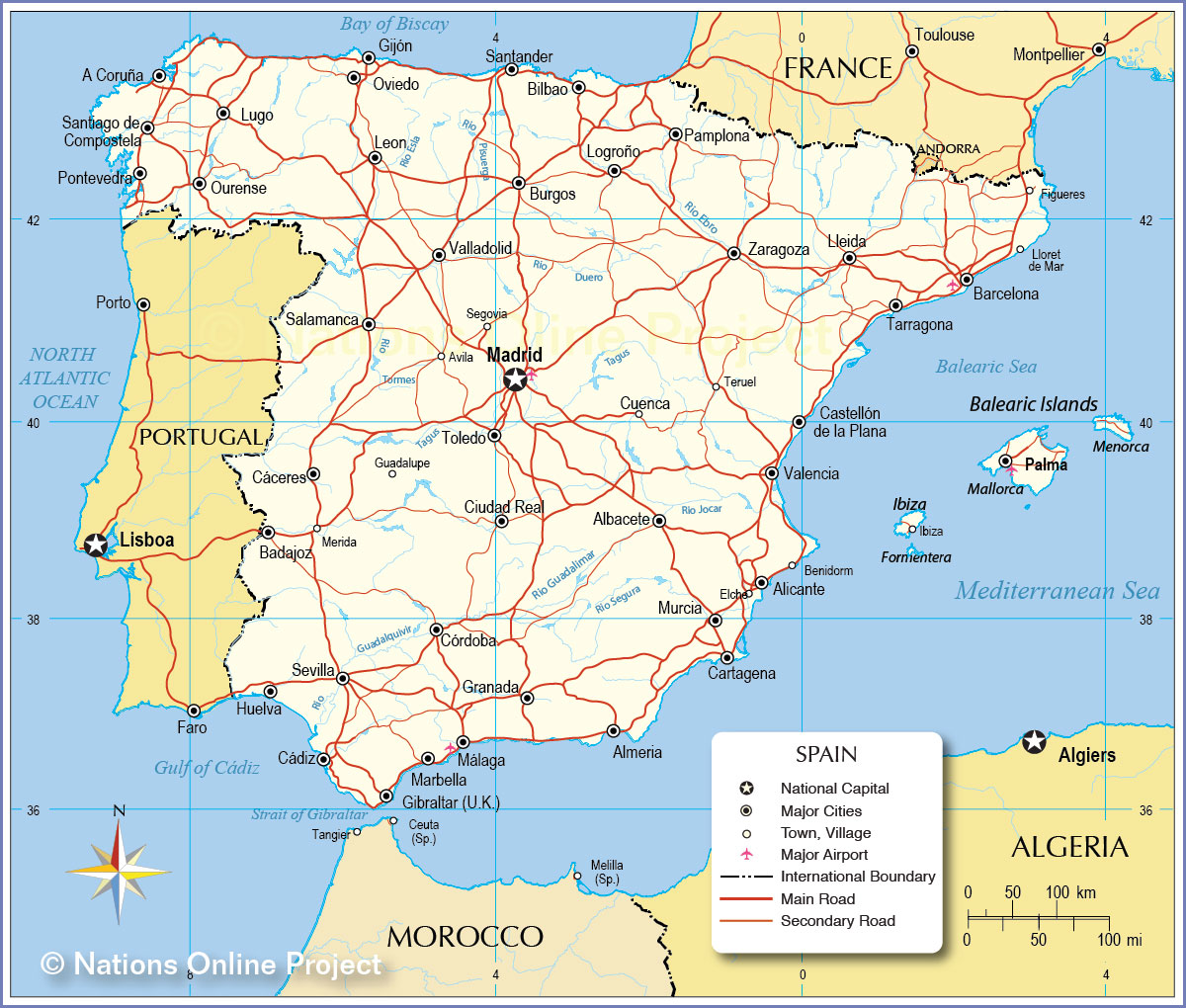
But what's the difference?
Castilian, or Castellano, is the old Spanish name for...well...Spanish. This is because the language we call Spanish today originated in the old kingdom of Castille which was one of the key building blocks in creating the region we now know as Spain, and whose language spread throughout the peninsula, becoming the main official language. Catalan is the original language spoken in Catalauña and in areas throughout Valencia, the Balearic Islands and Aragon. During the dictatorship, the teaching and speaking of Catalan was not allowed (though obviously people still used it in secret at home). Fortunately, that is no longer the case and the Catalan people are allowed to use their language as they see fit.Isn't Catalan basically the same as Castilian?
NOPE. They're two completely different languages and although, of course, there are some similarities and Spanish speakers are able to get the gist of the sentence most of the time, (though its a lot easier to understand written down that spoken) you'll also notice many similarities with French, Italian and even Portugese because Catalan shares the same latin and romantic roots.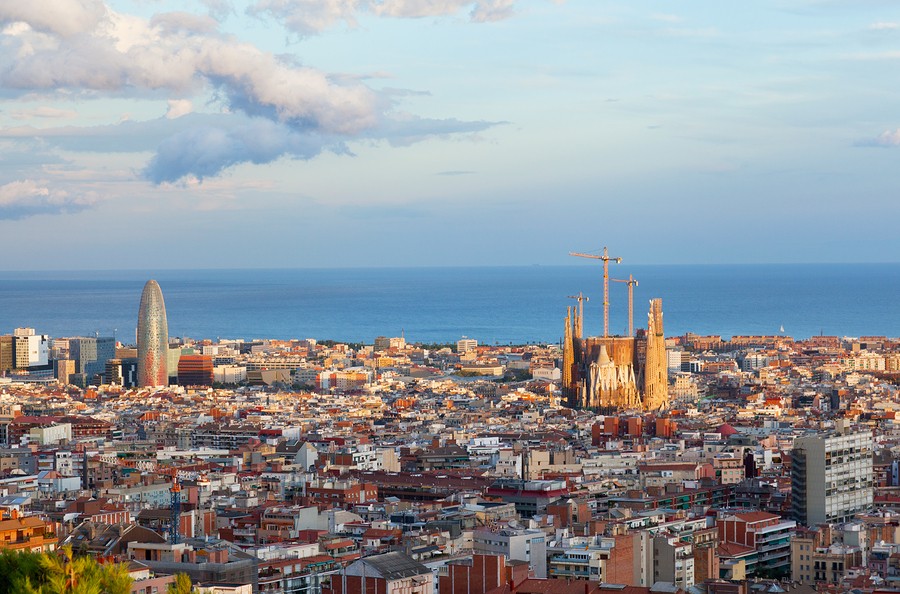
So what if you're moving to Barcelona and can't speak a word of Catalan?
DON'T WORRY. We've written a handy list of the most common phrases in Catalan, along with their Spanish and English equivalents to get you started. Bon dia = Buenos días = Good morning Bona nit = Buenas noches = Good night Benvingut = Bienvenido = Welcome Adéu = Adiós = Goodbye Com estàs? = ¿Cómo estás? Em dic... = Me llamo...= My name is... Gràcies = Gracias = Thank you Moltes gràcies = Muchas gracias = Thanks a lot Mol bé = Muy bien = Very good No ho enterc = No entiendo = I don't understand Parla anglès? = ¿Hablas inglés? = Do you speak English? D'on èts? = ¿De dónde eres? = Where are you from? Sòc de... = I am from... So, good luck, bona sort, buena suerte, with your language learning. Let us know how you get on in the comments below! - ErinTHE ITP RENTAL TAX: A SIMPLE GUIDE
What is the ITP rental tax and how can I pay it?
There’s a tax on everything these days from cars to your weekly shop. But is renting a home in Barcelona subject to tax? YES! It’s called ITP, otherwise known as the ghost tax - because most people don't pay it, or even know what is is! - and its one to watch out for because they're beginning to enforce it. But who’s responsible for paying it? That'll be you, the tenant. So if you want to rent in Barcelona, read on and get clued up so you don’t get caught out!
What is it?
It is a government tax on all property rentals, charged at 0.5% of the taxable base, which must be paid within 30 days of signing the contract.What is the taxable base?
Well that depends on the length of your contract. For contracts of one year or more, the taxable base is the total amount of the rent to be paid during the term of the contract, and at least three years. For seasonal contracts of less than one year, it is the total amount of rent to be met for the entire duration of the lease. If the duration of the contract is not stated, it is the total amount of the rent to be paid for six years. The amount to be paid is then calculated by working out 0.5% of the taxable base. Here are some example numbers: On April 1, 2016, a private rental contract is formalised for a period of five years, with a monthly rent of 500.00 euros. The taxable base will be equal to: 500.00 (rent) x 12 (months) x 5 (years) = 30,000.00 euros. The fee to be paid will be: 0.5% x 30,000.00 = 150.00 euros. If you still aren’t confident working out out yourself then you can book an appointment with the tax office and they will help you with everything. The office is at: Oficina Territorial al Barcelonès Nord Carrer de Joan d'Àustria, núm. 39-47 08005 Barcelona Telephone 93 551 50 00How do I pay the tax?
First, you have to fill out the form Modelo 600 which you can download here (and you can also download some instructions to help you out). Then you take this form to the bank where they will stamp the paper and then you can pay the tax. Here is the list of banks you can pay at. There is no need to present a copy of the rental contract on condition that it is submitted to the Catalan Land Institute (INCASÒL) within a maximum period of 2 months after the signing of the contract. Otherwise, it is necessary to present both an original and copy of the rental contract either in person or, if the procedure is done online, you must attach a scanned copy. For more info you can take a look at the government website, however this is only available in Catalan and Spanish so have a friend handy who can help you translate if you need to. You'll also need to have your NIE which can take months to apply for. Fortunately, we've written a handy guide to getting your NIE in Barcelona to help you out.How long do I have to pay?
You have 30 days from the signing of the contract to pay. If the final day is a Saturday, Sunday or public holiday then the period is extended until the next working day. If its not paid within the stated time your risk being fined. Hope that's helped you! Let us know if you have any more questions and we'll be happy to help. And if you're still looking for a flat be sure to check out our properties for rent! - ErinTHE 12 BEST PLACES TO VISIT IN CATALONIA 2018
The Best Places to Visit in Catalonia - Time for a Road Trip!
With cute little hamlets and villages, beautiful landscapes and a stunning coast, the autonomous region of Catalonia in the North East of Spain is one of Europe's gems. We're based in Barcelona, a city at the top of many people's bucket list, but there's so much more to Catalonia than its famous capital. So if you're thinking of visiting Barcelona, or living here long term, these are some great places outside of the hustle and bustle to escape to - and most not more than just a couple of hours away! So, let's get into it, our 12 best places to visit in Catalonia in 2018.1. Vielha
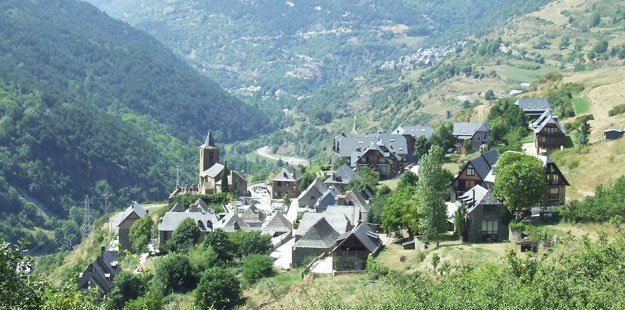
This little town is nestled right up in the Pyrenees and is one you can't miss. Its in Aran, a municipality in the northwestern corner of Catalonia, and is one of the only Spanish towns on the northern side of the mountains. In fact, its so far north that, until the tunnel was built in 1948, the only way to reach it from Spain was by a road which even then was totally impassable in winter. But don't let that put you off of a visit once the snow has set in! The place turns into an absolute winter wonderland and would be the perfect pitstop on your way from France to Spain for a bit of skiing before hitting warmer climate.
2. Monells

Monells is a gorgeous medieval village in the province of Girona, just north of Barcelona. Its winding stone streets and intricate arches seem to go on endlessly, filling up every corner with buckets of charm. And, if you can stop wandering, don't forget to enjoy a glass of wine in the main square (preferably at sunset) to really enjoy the town's vibe.
3. Besalú

Also in the Girona province is the adorable Besalú. This town was designated historic national property in 1966 owing to some of its incredible features, including the Romanesque bridge over the Fluvià river which was built in the 12th century and is still in use today! The town also features a restored mikveh, a ritual Jewish bath from the 11th or 12th century, as well as a medieval synagogue - just a couple of the fascinating monuments left from the historical impact of the Jewish community on this town.
4. Castellfollit de la Roca
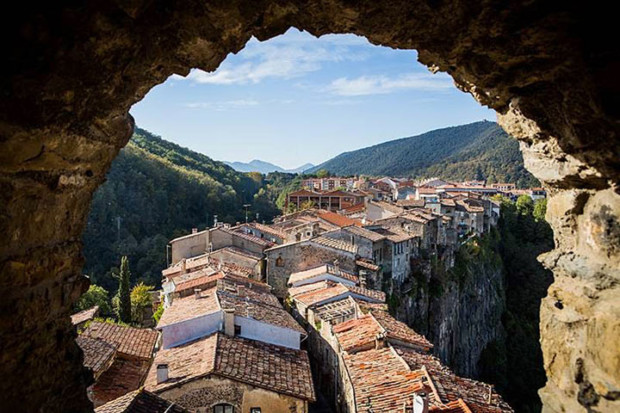
This stunning town definitely has to be seen to be believed. Its perched on top of a basalt cliff's edge and bordered by the Fluvià and Toronell rivers. In its thinnest part, its just two houses wide! Balconies and windows look straight down over the 50m drop. and the houses are tightly packed on the precipice but somehow, everything just seems to just about fit. Not sure I'd risk hanging the laundry out of those windows!

5. Siruana
6. Pals
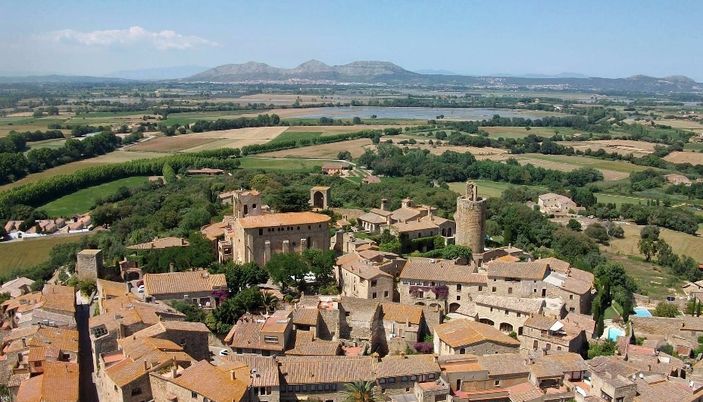
Pals is a small medieval town just up the coast from Barcelona. The old gothic quarter has been beautifully restored with the old cobblestones, arches and stone balconies looking just as picturesque as the day they were first built. Despite being just a little place there is plenty to see and do here like visiting the town's walls and towers, the Josep Pa viewpoint, the Plaça Major and the Romanesque church of San Pere. Its also just a few kilometres from the sea so its perfect for a summertime getaway!
7. Tossa de Mar

Tossa de Mar is a town on the Costa Brava, midway between France and Barcelona and its one of those places the world needs to know about. A sandy beach, crystal clear blue mediterranean sea, stunning white houses nestled into the bay and an old cliffside castle converted into a lighthouse. You'll have to take our word for it - its gorgeous. And conveniently close to the airport for a summer trip.
8. Taüll

Taüll is a cute little town in the province of Lleida in the northwest of Catalonia. It is at the bottom of a valley and split in half by a ravine, with the two resulting halves of the town being called La Guinsa and Lo Barri. Its got some stunning examples of Romanesque architecture and some beautiful surrounding landscapes to enjoy.
9. Montblanc
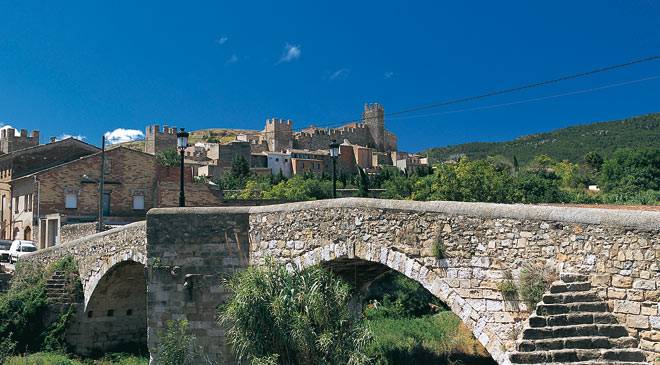
Montblanc is a little bigger than most of the other towns on this list of best places to visit in Catalonia but it hasn't lost any of its charm for being a little on the sprawling side! With its cobbled streets, old stone outer walls and beautiful architecture there's more than enough to keep you busy. There have even been cave dwellings found dating back to the Palaeolithic period - if people have stuck around for that long then you know its a great place!
10. Cadaques
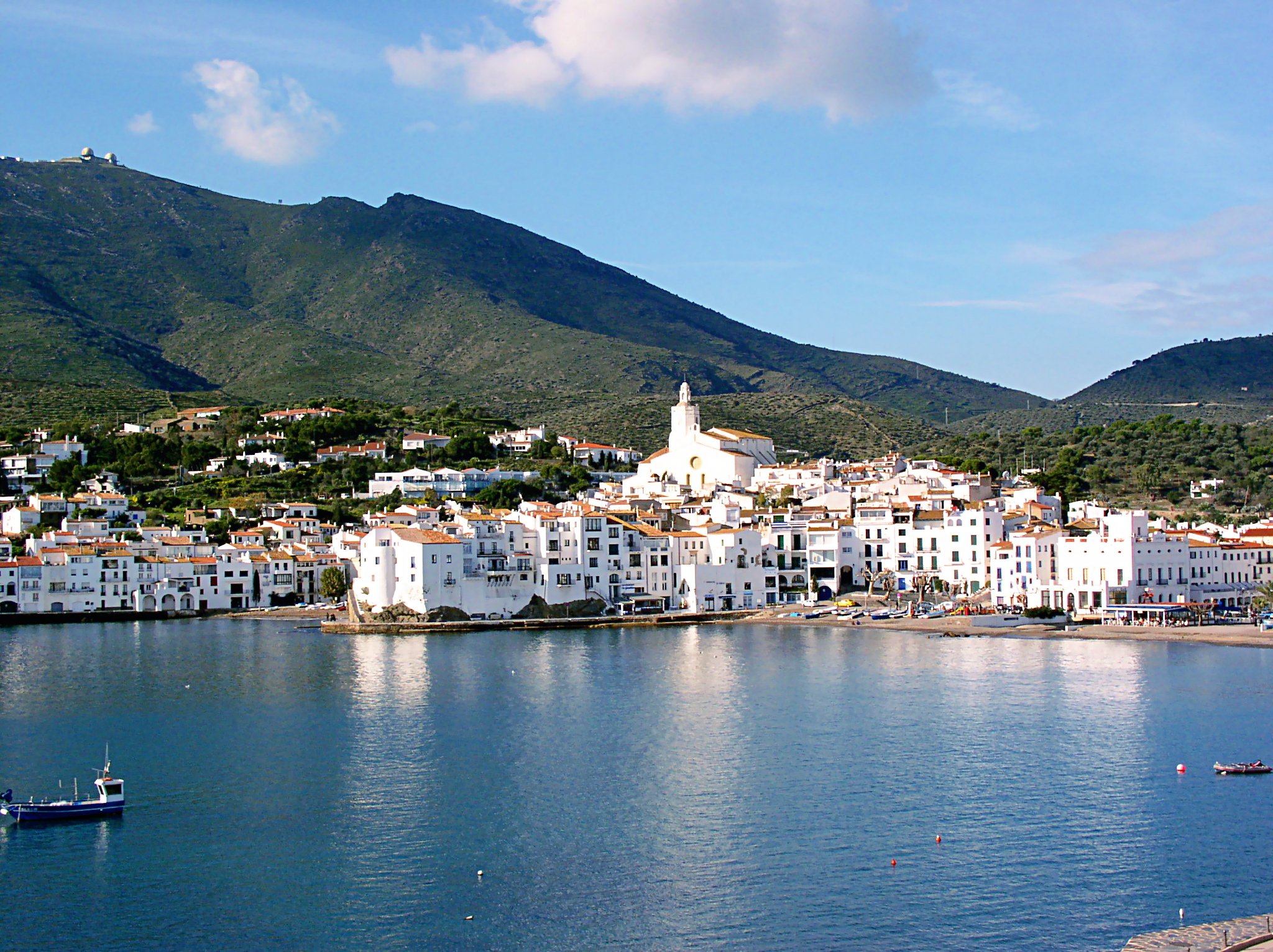
Cadaques is the quintessential Spanish seaside town. It has a beautiful little beach and is made up of an array of adorable little white houses dotted against a mountain backdrop. Its not hard to see why both Salvador Dalí and Picasso liked to spend their summers here getting inspiration for their work and enjoying the town and the surrounding nature. Despite is being a bit of a tourist hotspot in summer, the town has been built up and restored with love and care and hasn't given way to the kinds of mass tourism which often spoils beachfronts. If you want to know more here are some tips for a day trip to Cadaques from Barcelona.
11. Artíes
12. Sitges
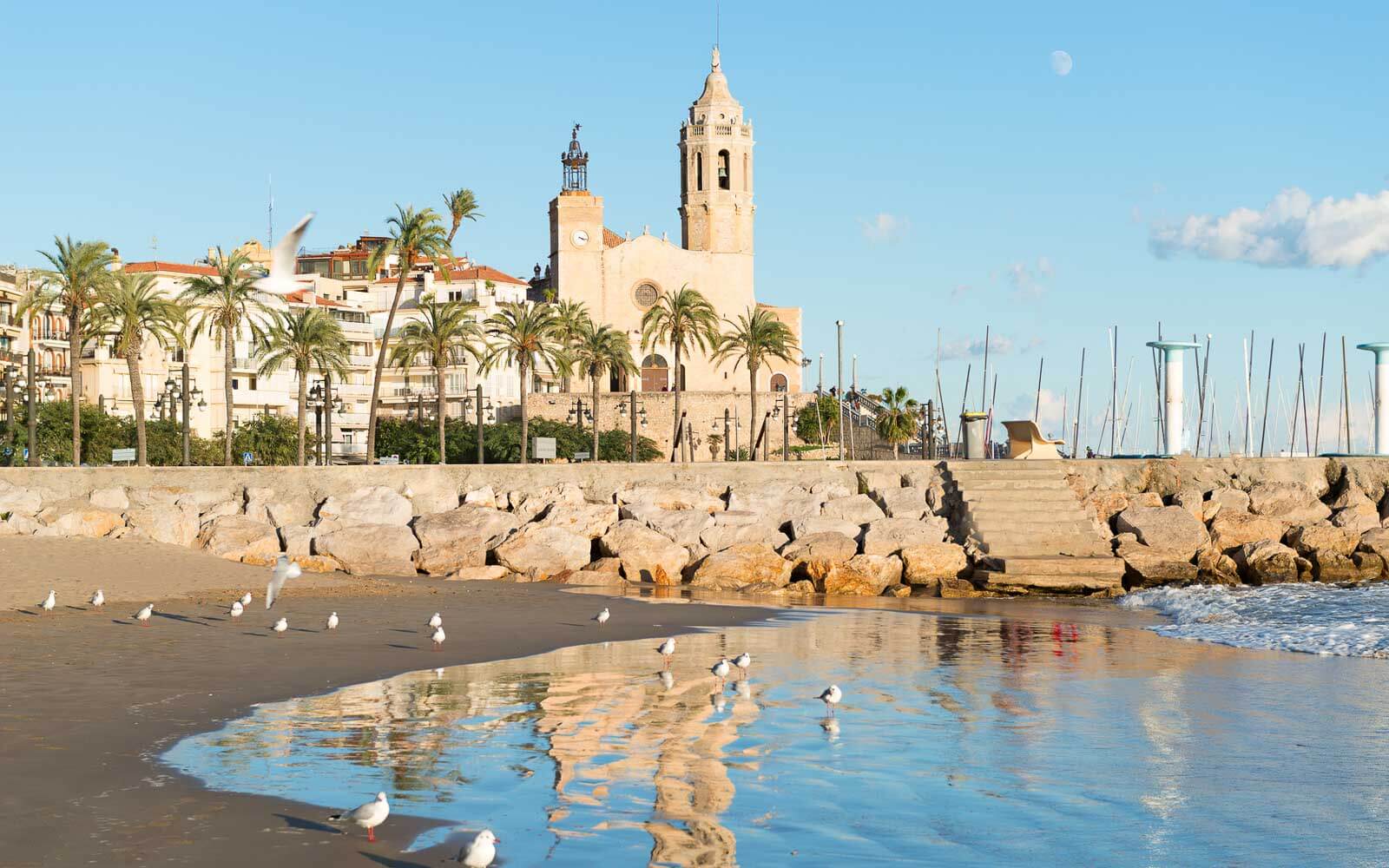
Last but certainly not least is the cosy little seaside town of Sitges. This one is probably the most famous and most popular of our choices but that doesn't mean its any less worth visiting. Sitges has some beautiful beaches to visit and the town itself is a winding labyrinth reminiscent of a more southern Spanish town rather than one this far up the coast. And best of all its just an hour on the train to Barcelona so if you live in the city its the perfect getaway! Or if you're visiting Sitges but want a glimpse of the bright lights, now you know that the Catalan capital is just a few stops away along with all its many (many many) tourist attractions. ----------- That's it for our list of the 12 best places to visit in Catalonia in 2018 but there's loads more to explore and plenty of hidden gems to uncover! Let us know in the comments below what your favourites from the list were. Any more you think we should add? Until next time, - Erin

